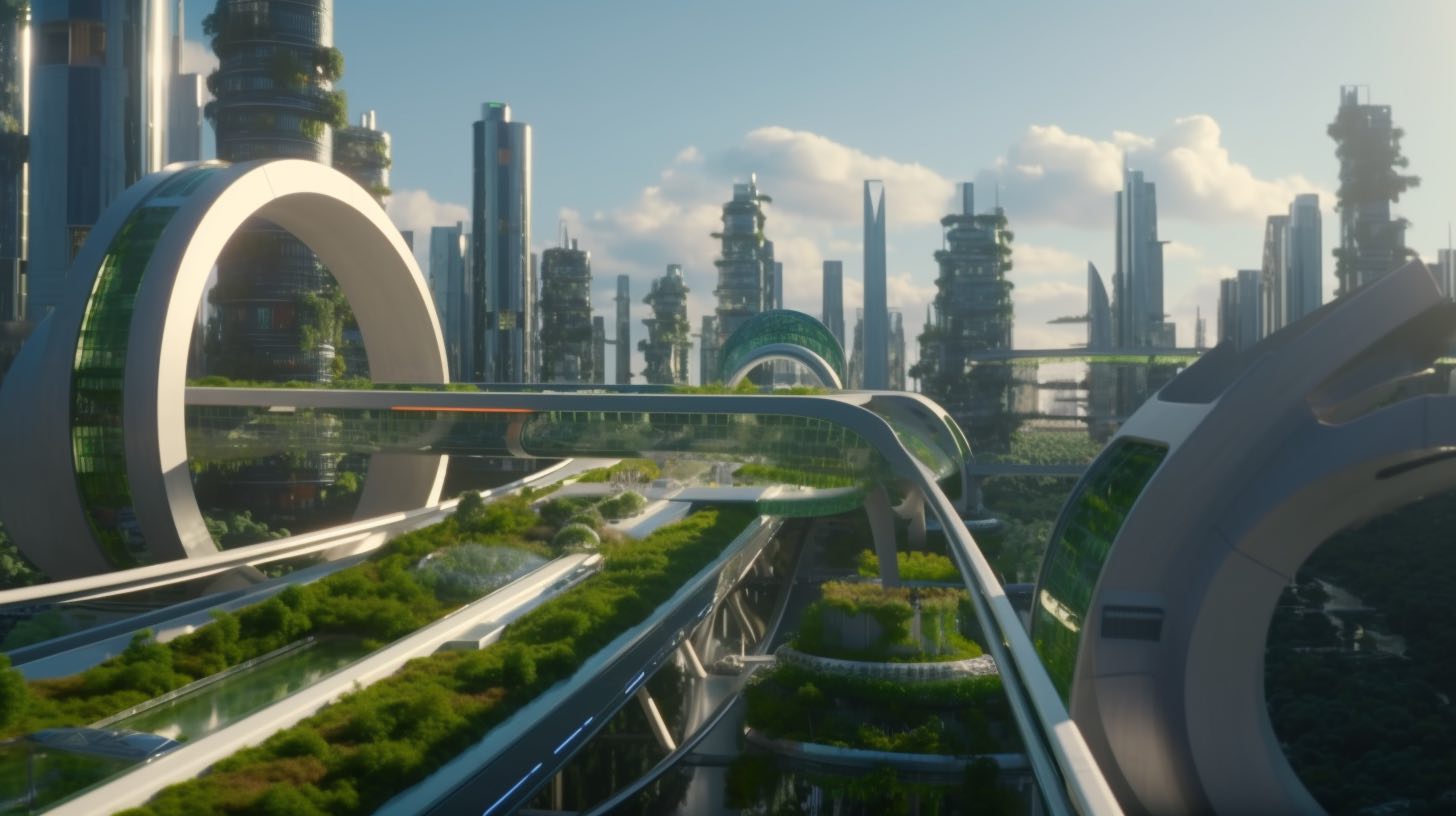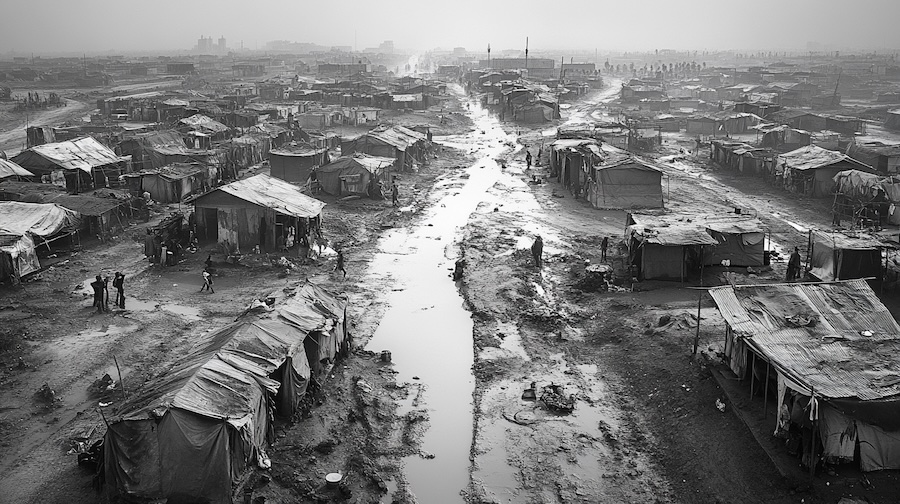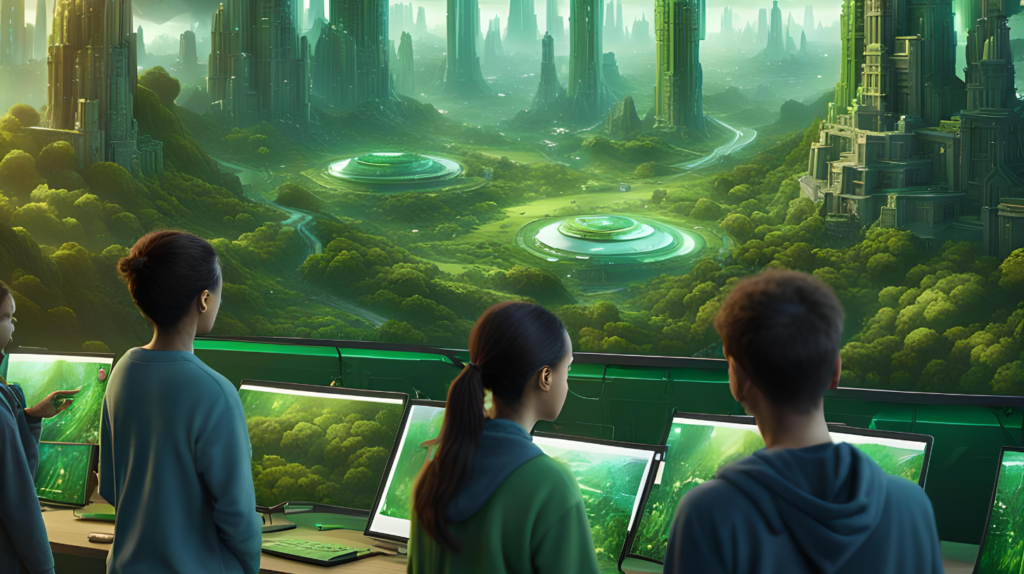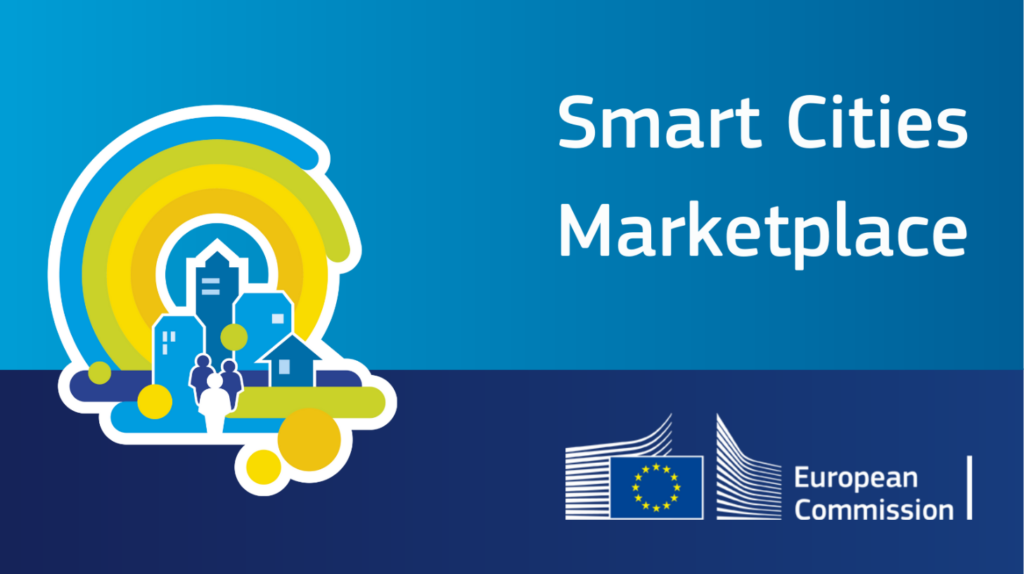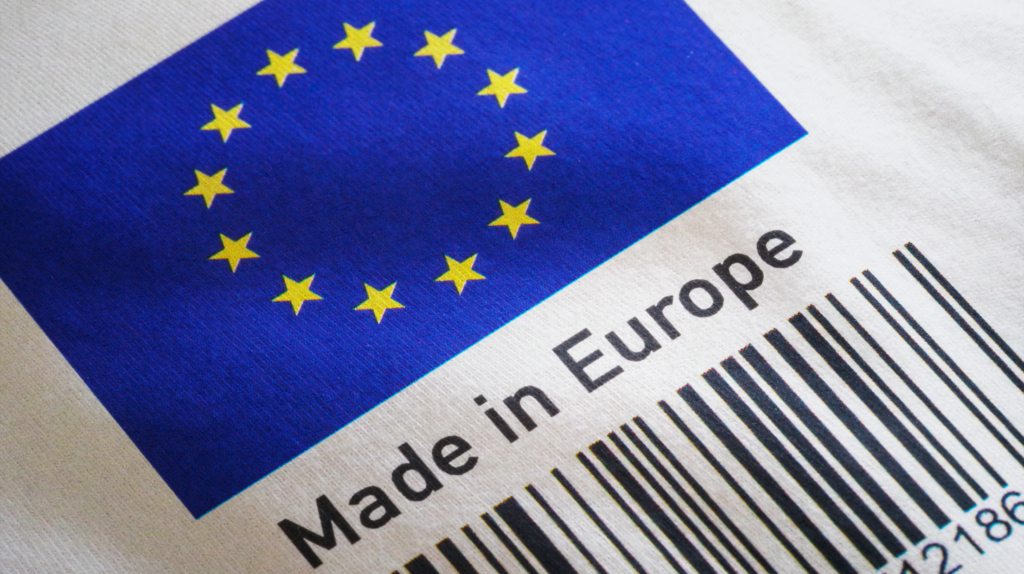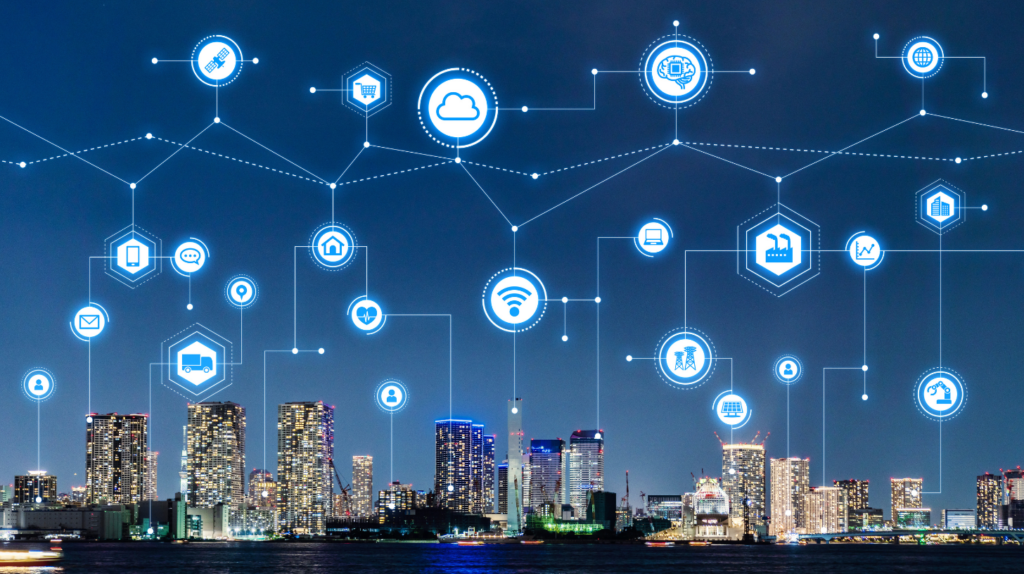As the world moves towards sustainable development, the youth’s role in shaping our cities’ future is crucial. The Erasmus+ KA220 Youth project “Youth participation for developing sustainable green cities” (2022-1-DE04-KA220-YOU-000085135) is an exemplary initiative to unite young minds and help municipalities create a greener, brighter urban landscape. L4Y Learning For Youth GmbH is coordinating the project with the partners Citizens in Power, Toplum Gönüllüleri Vakfı, Kean, Walktogether, Kaán Károly Környezetvédelmi Egyesület.
This blog post takes a deep dive into the project’s objectives, results, and impact on the lives of young people and the communities they call home. Here is the home page of the project.
To keep up to date with the project news, follow our YouTube Channel, as well as the project’s social media pages X and Instagram. Additonally, you can also join our Discord community.
Objectives
The project has several objectives to make it simple for cities and youth to work together towards sustainable urbanization:
Create an Indigenous youth led NGO network in pilot cities from which they can become independently self sustaining.
Second, encourage civic engagement among both young and older residents around the possibilities of creating their own smart eco-town.
Green Cities Expected Results
Some gains to be made with this project will hopefully allow for the creation of sustainable and smart cities.
- Development of the Full Smart Cities training module;
- Step two, building a training platform to host the Smart Cities module
- The third area involves capacity-building of green Smart Cities skills and knowledge.
- Fourth, Establishing (Green city network) to exchange collaboration and expertise.
- Creation of six Youth Green Community NGOS
- And lastly, developing a solid network of intertwined youth-led NGOs
One of the projects has essentially created a smart cities training module. Recorded: its in a stand alone training sheath It discusses all introductory topics about Green, Intelligent City. Participants build capacity in areas needed to transform into agents of change.
It has also seen great success in terms of engagement and outreach. The establishment of six green youth community NGOs and one youth-led this network. This body functions as a centre for green ideas in the city. They cultivates environmentalist youth culture.
Involvement
In addition, partners will also deliver training of diverse young people and experts throughout the project. Result 1: At least 120 young people and over a dozen experts were interviewed. In Result 2, pilot testing involved at least 120 young people. and 362 youth trained under Result 3.
Green Cities Expected Impact
Few things keep the light on of a project. The first is to align cities and youth. This significant partnership helps close the global generational divide. Helping to establish local, independent and self-reliant youth-led NGOs in partner cities.
The project also aims to increase public awareness of the environmental value and concept of “Smart Green City” from children to older adults, thereby contributing towards promoting smart green cities in urban areas. And from those NGOs to build an overall network of a powerful green youth community. This sets a precedent for an environmentally-minded generation of urban residents.
Smart City 3.0 Concept
Newer version in the name of smart cities, is “inclusiveness” and being bound to citizen centric city development idea. Moreover, By involving citizens in the design, implementation and review of smart city initiatives it moves beyond technology & data informed decision making. This approach is working towards more sustainable and resilient cities by ensuring that they are socially equitable, environmentally sustainable, and economically viable. Consequently, important parts of the Smart City 3.0 concept include:
- Collaboration: Seeding and supporting collaborations between governments, businesses, academia and civil society to innovate together.
- Sustainability and resilience: Making environmental sustainability and resilience to climate change and other global challenges a top priority in sustainable development over the long term.
- Social equity: Address social inequalities and advance universal inclusive urban development for all, regardless of the distinctions in their socio-economic proving.
- Integrated solutions: Covering more than one urban challenge in one solution and designing them, taking into consideration the relations between different systems or processes within cities.
- The project also helps citizens in all age groups to be more mindful of the necessity for smart, green cities exposing them and getting an insider view at eco-friendly urban environments. Our vision is to set up the green youth community based organizations in advocacy and work together towards environment friendly city.
Conclusion
Finally, Erasmus+ KA220 Youth project “Youth Participation for Developing Sustainable Green Cities” is a part of the transformation to achieving smart cities 3.0 idea at an early stage in order to uplift this journey further as illustrated below: Gives future smart cities a nudge in the right direction by involving young people and arming them with environmental information into building greener city surroundings. This is just the beginning on this sustainable green cities and bright future journey.
